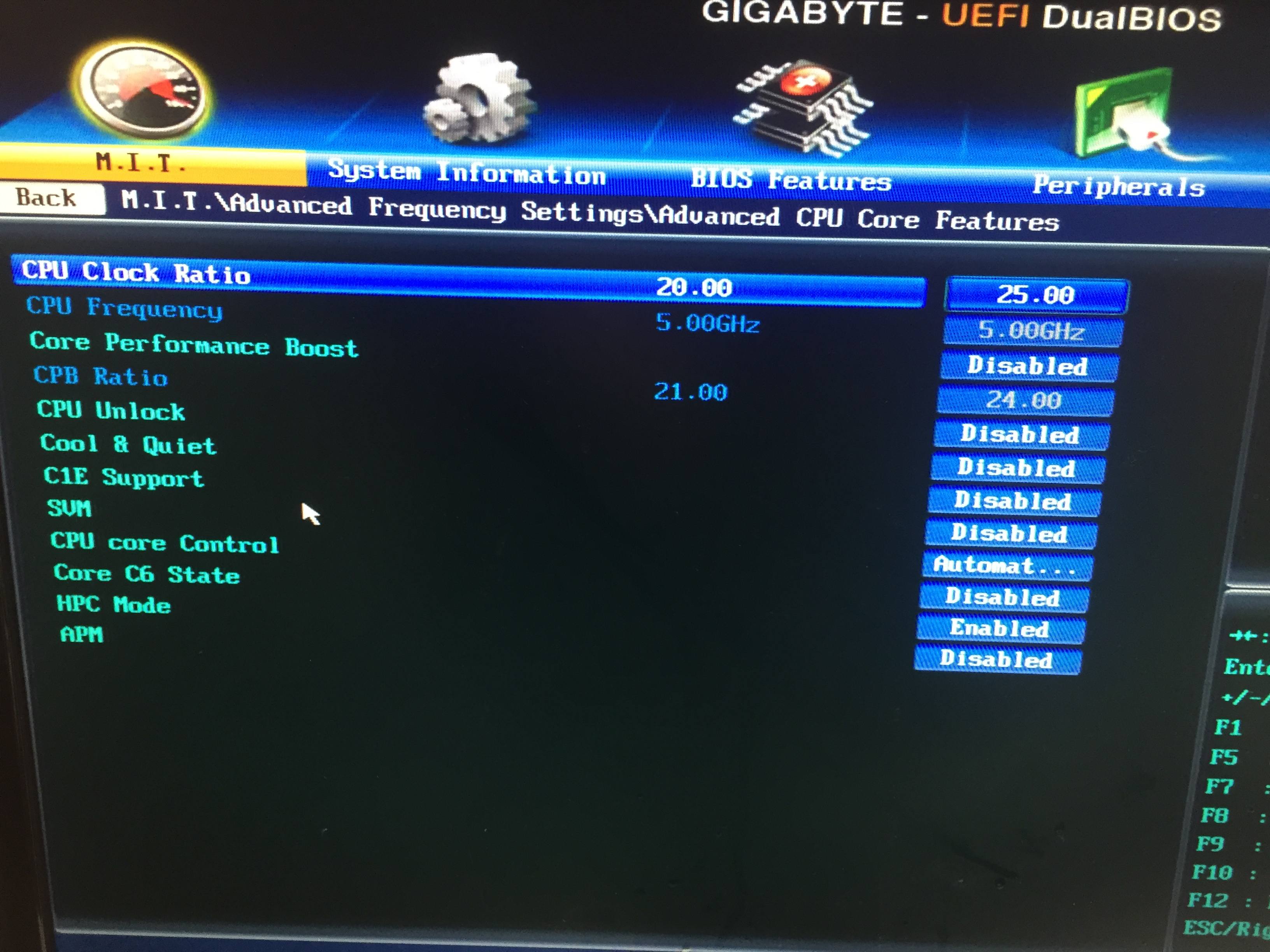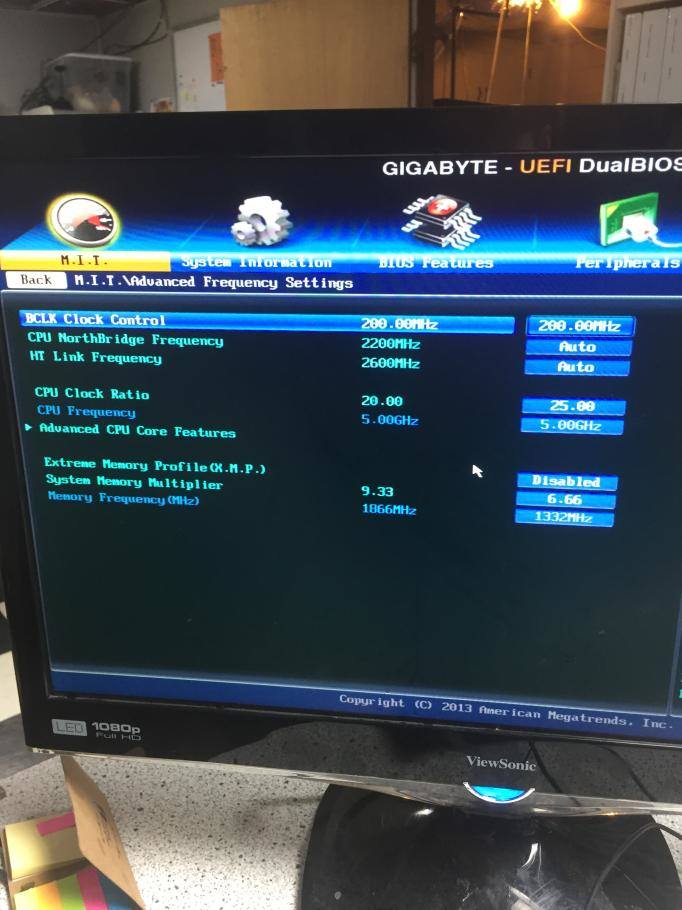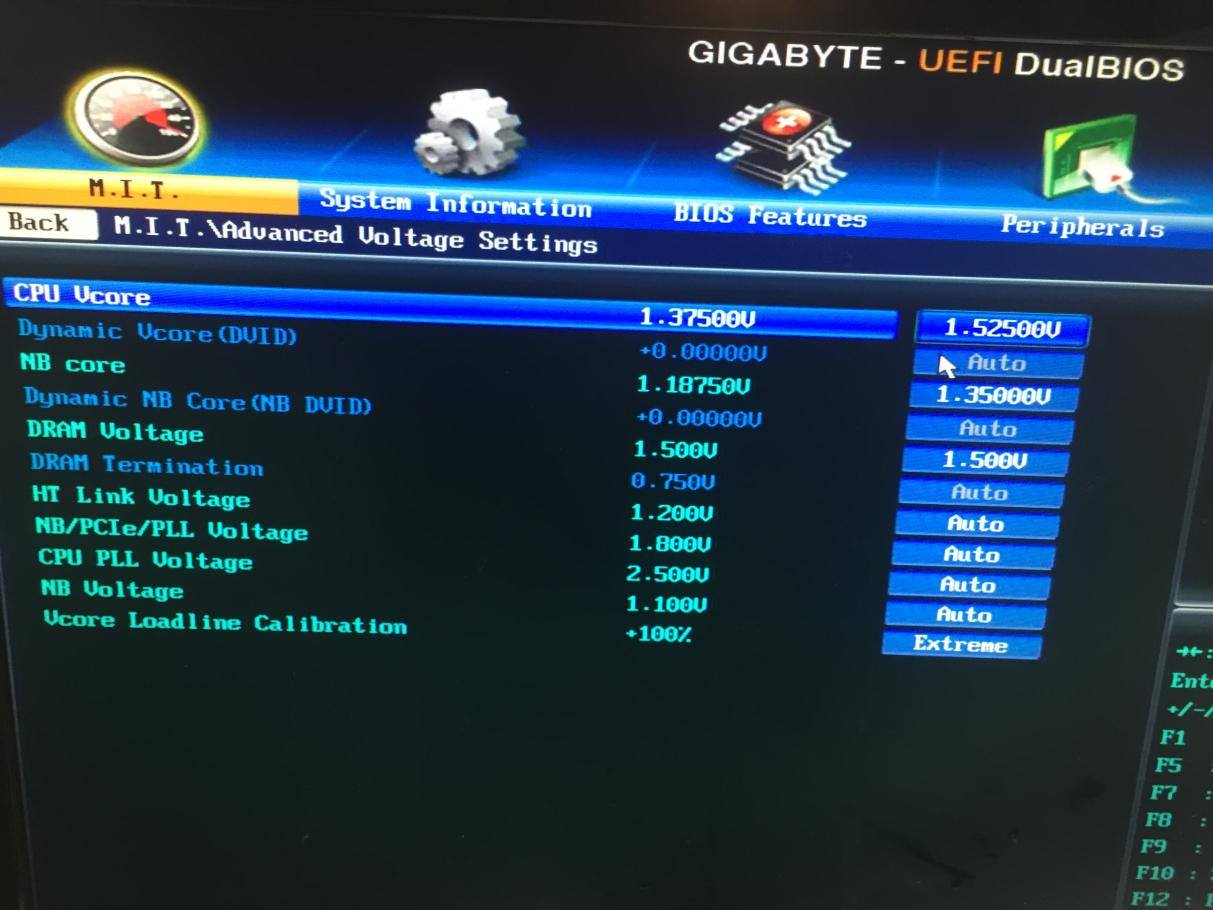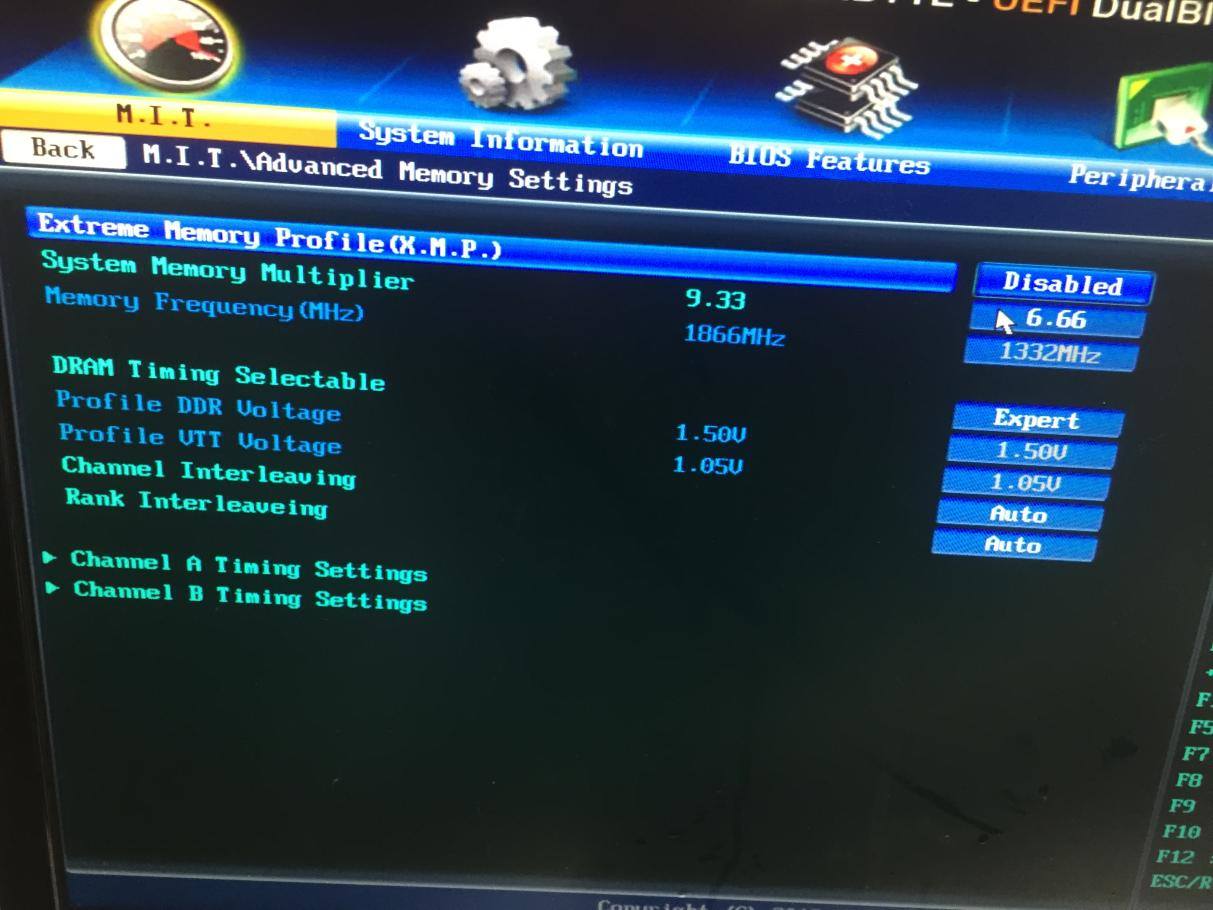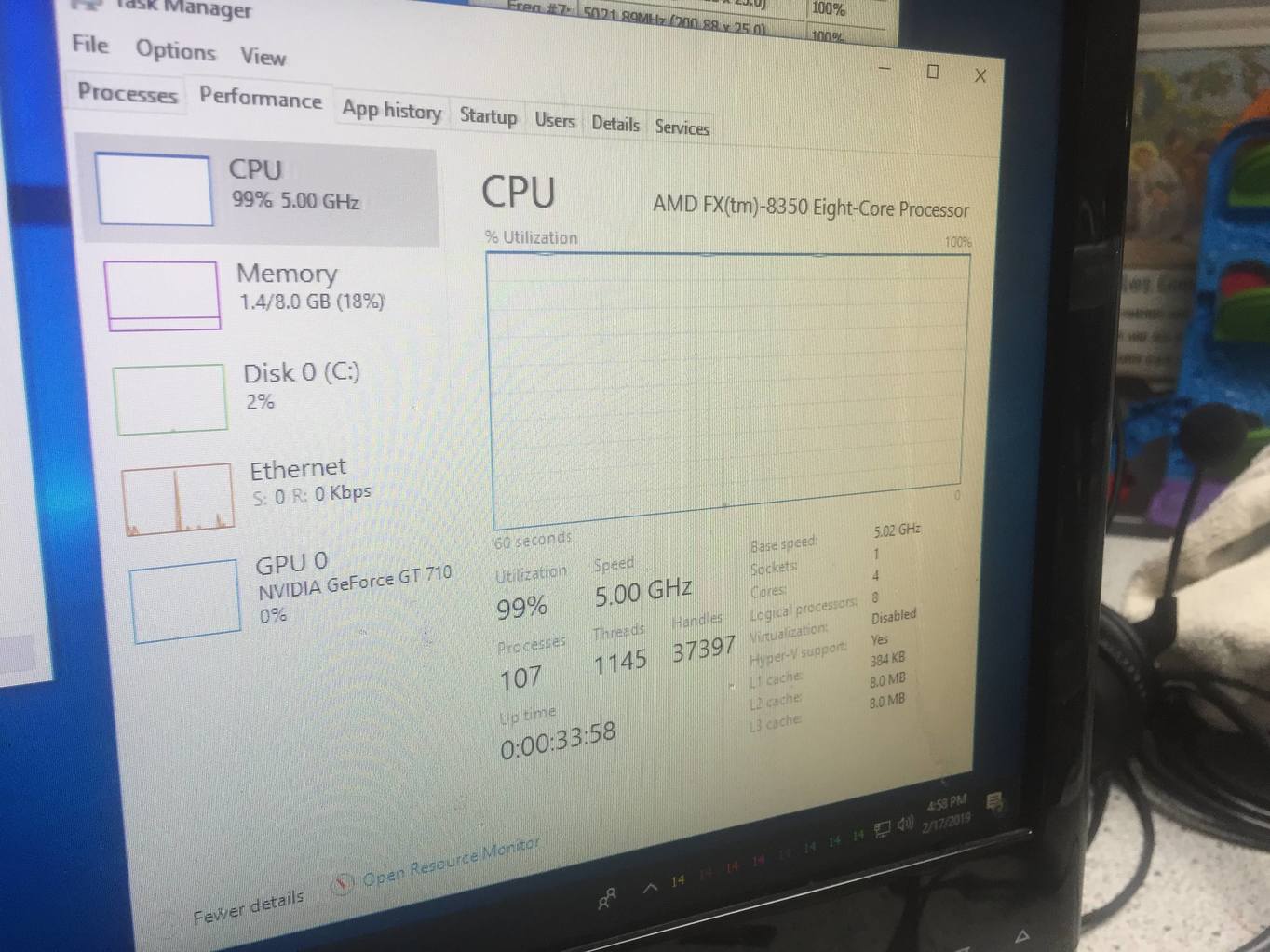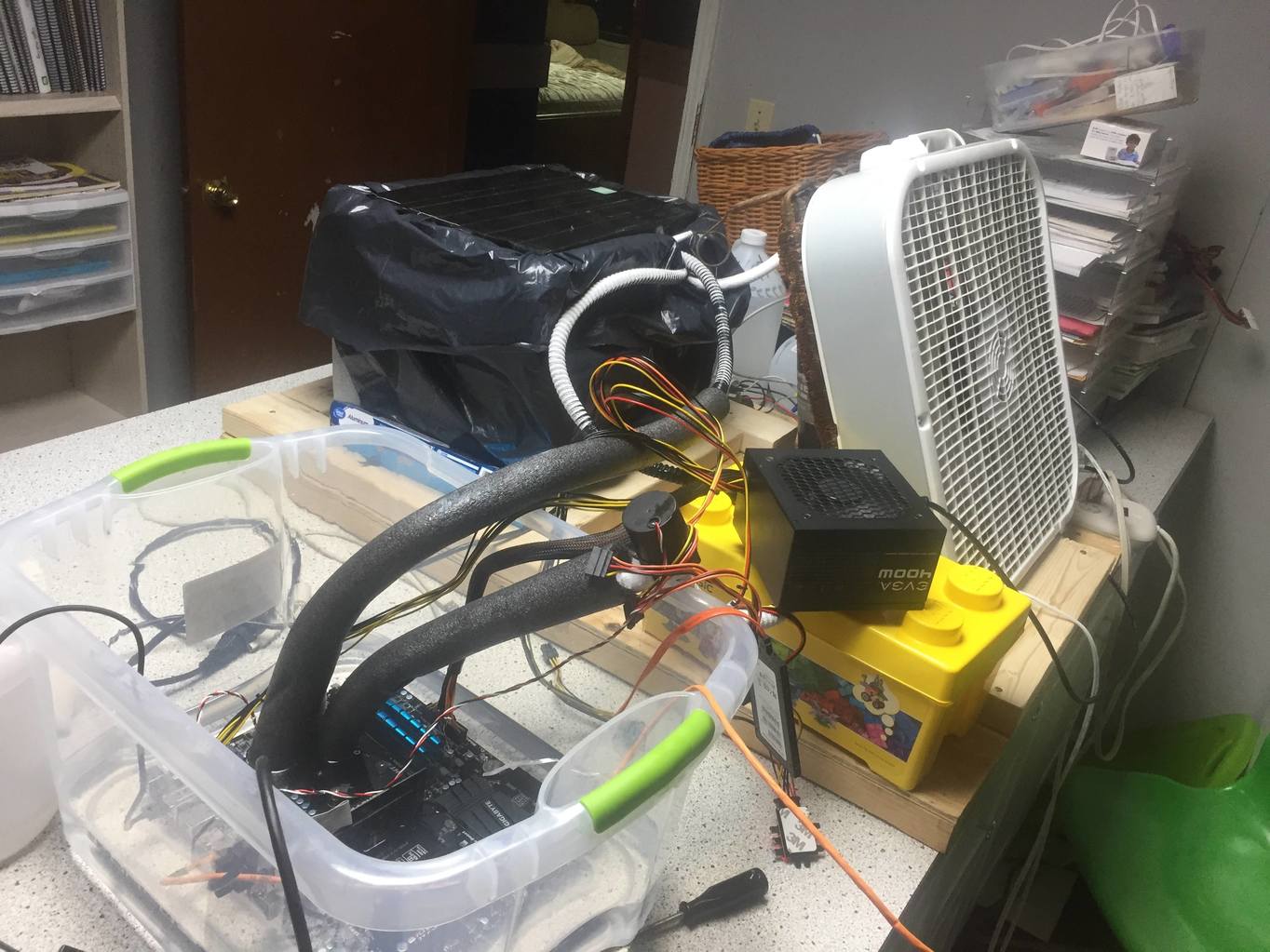It's doubtful you were stable, at all, to begin with, if you are using Aida to test stability. Useless IMO. Especially if Cinebench, which is not a great utility for determining stability either, is causing it to crash.
Quick and dirty overview of overclocking/stability validation procedure.
Set CPU multiplier and voltage at desired settings in BIOS. Do not use presets or automatic utilities. These will overcompensate on core and other voltages. It is much better to configure most core settings manually, and leave anything left over on auto until a later point in time if wish to come back and tweak settings such as cache (Uncore) frequency, System agent voltage, VCCIO (Internal memory controller) and memory speeds or timings (RAM) AFTER the CPU overclock is fully stable.
Save bios settings (As a new BIOS profile if your bios supports multiple profiles) and exit bios.
Boot into the Windows desktop environment.
Download and install Prime95 version 26.6.
Download and install either HWinfo or CoreTemp.
Open HWinfo and run "Sensors only" or open CoreTemp.
Run Prime95 (ONLY version 26.6) and choose the "Small FFT test option". Run this for 15 minutes while monitoring your core/package temperatures to verify that you do not exceed the thermal specifications of your CPU.
(This should be considered to be 80°C for most generations of Intel processor and for current Ryzen CPUs. For older AMD FX and Phenom series, you should use a thermal monitor that has options for "Distance to TJmax" and you want to NOT see distance to TJmax drop below 10°C distance to TJmax. Anything that is MORE than 10°C distance to TJmax is within the allowed thermal envelope.)
If your CPU passes the thermal compliance test, move on to stability.
Download and install Realbench.
Run Realbench and choose the Stress test option. Choose a value from the available memory (RAM) options that is equal to approximately half of your installed memory capacity. If you have 16GB, choose 8GB. If you have 8GB, choose 4GB, etc. Click start and allow the stability test to run for 8 hours. Do not plan to use the system for ANYTHING else while it is running. It will run realistic AVX and handbrake workloads and if it passes 8 hours of testing it is probably about as stable as you can reasonably expect.
If you wish to check stability further you can run 12-24 hours of Prime95 Blend mode or Small FFT.
You do not need to simultaneously run HWinfo or CoreTemp while running Realbench as you should have already performed the thermal compliance test PLUS Realbench will show current CPU temperatures while it is running.
If you run the additional stability test using Prime95 Blend/Small FFT modes for 12-24 hours, you will WANT to also run HWinfo alongside it. Monitor HWinfo periodically to verify that no cores/threads are showing less than 100% usage. If it is, then that worker has errored out and the test should be stopped.
If you find there are errors on ANY of the stability tests including Realbench or Prime95, or any other stress testing utility, you need to make a change in the bios. This could be either dropping the multiplier to a lower factor or increasing the voltage while leaving the multiplier the same. If you change voltage or multiplier at ANY time, you need to start over again at the beginning and verify thermal compliance again.
A more in depth but general guide that is still intended for beginners or those who have had a small amount of experience overclocking can be found here:
*CPU overclocking guide for beginners